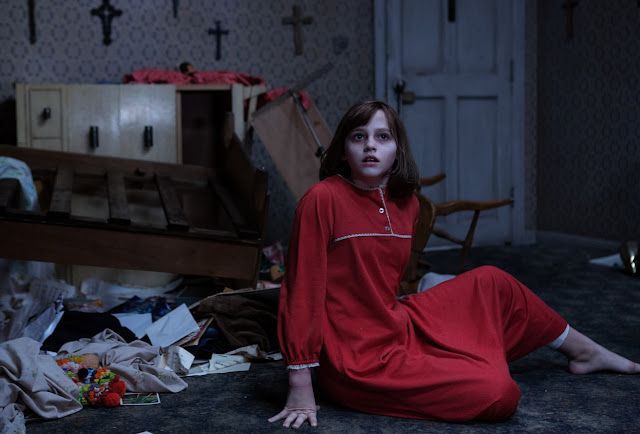
First love never dies. It may be a cliché for the hopeless romantics and the love-to-last-a-lifetime believers, but in the movie “Blue is the Warmest Colour”, director Abdellatif Kechiche makes a home run with the message, told in a same-sex affair material with plenty of explicit and burning scenes. And romantic or not, and heterosexual or not, the film has a sure-fire way to hit you.
Blue is the Warmest Color is a 2013 French romantic coming-of-age drama film starring LeaSeydoux and Adele Exarchopoulos. It is an adaptation of the 2010 French graphic novel of the same name by Julie Maroh. The movie centers around Adele (Exarchopoulos) and the twists blue-haired aspiring painter (Emma) brings to her life.
The movie starts with a
typical high school setting – teenagers frolicking around, boys checking out
girls, and girls ogling boys. Adele, an introverted 15-year-old girl, tries to
fit into the conventional and dates a boy at her school. After feeling no
sparks for him and being dissatisfied with their sex, she breaks off their
relationship. She then ventures into a different world she fancies about and
along with her friends, she visits a lesbian bar. Now enters Emma, a graduating
art student, undeniably aggressive, bold and carefree, evident with her short
blue hair and god-be-damned demeanours. It is obviously an instant attraction
(they had actually crossed paths earlier in the film), and their relationship
which starts as casual friendship blooms into a passionate one.
Days move into years. The couple now live together in an
apartment, with Adele working as teacher in a local elementary school and Emma
still struggling with her painting career. As they realize their emotional
complexities and differences, the two enter a fragile phase of reassessing
their desires and realigning their priorities. Can a passionate love brave and
triumph over life’s cruel realities? Or will love suddenly become a distant
memory?
With Blue is the
Warmest Color, Director Kechiche
takes us into a three-hour journey of a hardly spoken yet very common love
story in our present society – the homosexual romance among females. From the
point of self-guessing to discovery to acceptance and to a painful lose, the
film is a mimicry of the ordinary world, that love knows no gender, and that
one who is willing to love must also be willing to get hurt in the process. It
is a picture of love, portrayed in the truest form and daring method. As in
life, we all go through the cycle of loving, losing and finding another, and
after a stretch of forgiving time, everything we had felt and went through is
nothing but a forgotten memory buried deep in our heart’s treasure chest.
Much of the magic in the movie is thanks to the commitment
to the roles by the two lead actresses. As much as the movie is told in a
natural pace, Seydoux and Exarchopoulos act with a natural grace, complementing
each other and giving us the feeling that we are simply watching our friends’
lives unfolding before us. As hinted earlier, the two dealt with several sex
scenes in the movie, performing in different positions and showing a variety of
stimulations and reactions, done in a great deal of time. They are organic
actors, and watching those portions is exciting, honestly tickling, and partly
enlightening. However, it feels like venturing into voyeurism, making me doubt
the necessity of such minute details, as if the fine threads delineating art
from porn snapped with each orgasmic pleasure in the screen. Truly, John Mayer
is right when he sang that the body is a wonderland; it is something to behold
and take pride on, but when it becomes an object to be leered at, even as form
of masterpiece, questions of respect and dignity rise.
Those materials may be one
of the reasons why many take interest on watching the film, only to feel
disappointment and confusion in the end. But the beauty of the movie lies in
its deeper meaning and lessons of loving people. For me, Blue is the Warmest Color deserves a five star rating out of five.
























0 comments:
Post a Comment